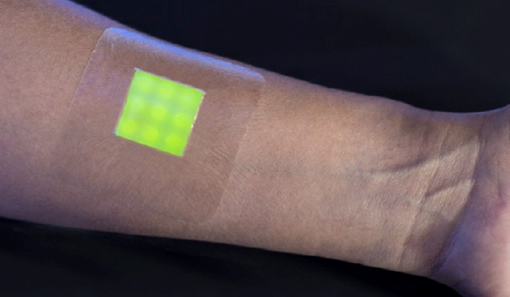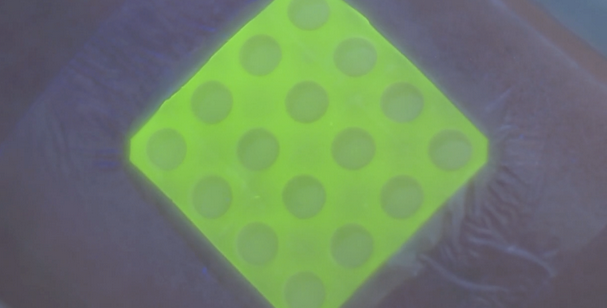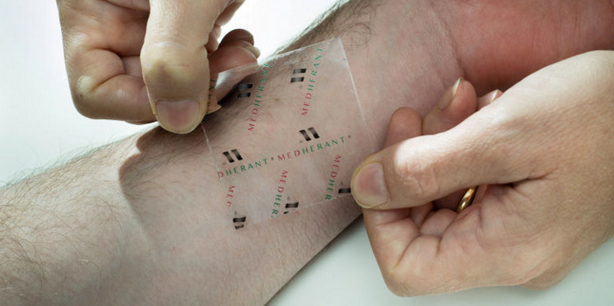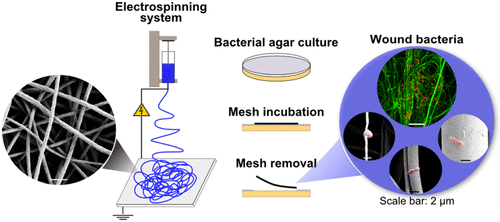In winter colds leave us with low defenses. Fortunately, we gained reinforcement in this fight: 3 innovative bandages.
1- Bandage that turns green
It is not easy to diagnose when a wound is infected. As a precaution, doctors recommend that the patient take antibiotics so as not to run the risk of getting sick, but it would be better not to take any medication until we need it.

Researchers at the University of Bath in the UK have developed a bandage that changes color in the presence of bacteria. Still undergoing human trials, it has a gel that turns green-fluorescent in the presence of disease-causing bacteria. It works as an early diagnosis, prevents the infection from spreading to the rest of the body and saves us from taking antibiotics unless it is really necessary.

2- Ibuprofen analgesic patch
A collaboration between scientists from the University of Warwick and Medherant company, from UK, resulted in a patch impregnated with a pain medication (Ibuprofen).
When in contact with the skin, the adhesive releases the medicine and ends the suffering for 12 hours. In addition to preventing stomach damage, the analgesic patch will allow the drug to work only where there is pain and in a constant dosage.
This innovation also opens the door to a range of other long-acting pain relief products and is a hope for chronic sufferers of arthritis, back pain and more.

3- Bandage that accelerates the healing of wounds
Last, but not least, there is a bandage that repels bacteria. Developed by researchers at Swinburne University of Technology, it has tiny fibers that “grab” bacteria, causing the wound to heal faster, accelerating healing. The dressing is made with fibers whose strands are 100 times thinner than a human hair.

In tests with bacteria that are commonly found in infections, such as Staphylococcus aureus and Escherichia coli, the bacteria adhered to the mesh, thus failing to adhere to the patient’s wound.
These devices are still being tested, but their creators estimate that they will be available in a few years. We hope that these innovative bandages are soon in the hands those who need it most.
Article originally published in my column on the Noctula Channel website on 12/17/2015 and published here on 08/12/2022.
Sources: MIT Technology Review, University of Warwick, Gizmodo, Swinburne University, IFLScience




COMMENTS